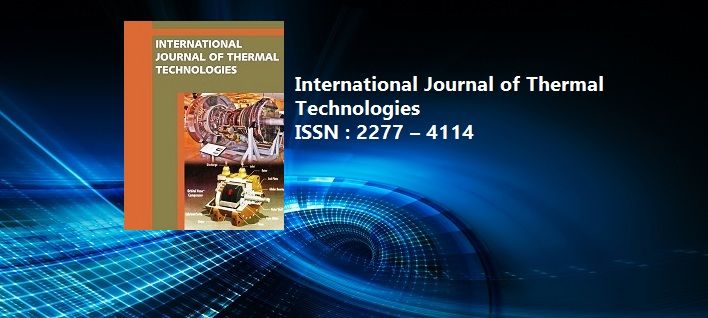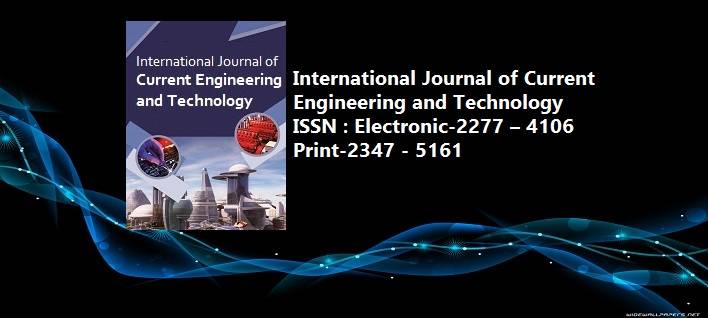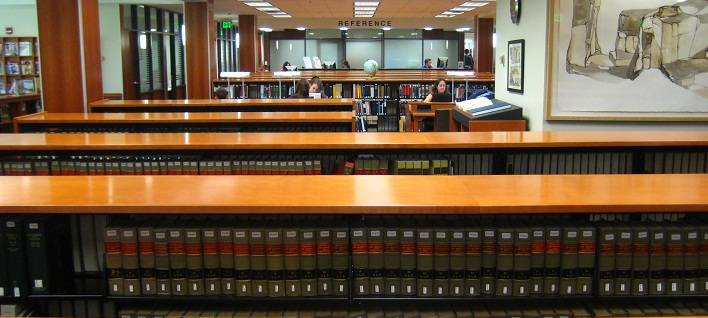A Comparative Study of Pixel Based Supervised Classification and Fuzzy-Supervised Classification over Area around Mysore District
Pages : 1214-1219
Download PDF
Abstract
Conventional image classification methods restricts each pixel of data set to exclusively just one cluster. As a consequence, with this approach the classification results are often very crispy, i.e., each pixel of the image belongs to exactly just one class. However, in many real situations, for images, issues such as limited spatial resolution, poor contrast, overlapping intensities, and noise and intensity in-homogeneities variation make this hard (crisp) segmentation a difficult task. In this paper, a comparative study is done over two classification methods: Supervised Classification method and Fuzzy Supervised Classification method. The fuzzy classifier makes use of spatial features extracted from a multispectral data, and a classification image, generated using maximum likelihood classification. Initially, the data is classified using Supervised classification method and accuracy assessment is done over it to find the overall classification accuracy (in %). Then Fuzzy Supervised classification analysis is performed by allowing gradual memberships, thus offering the opportunity to deal with data that belong to more than one cluster at the same time. The process of accuracy assessment is followed after classification. A case study is presented on the two classification methods considered and a comparison is done as to find which method results in higher accuracy and Kappa values. The Fuzzy Supervised classification method decreases the misclassifications between River bank cultivation and plain land vegetation as well as between dense forest region and light vegetations thereby raising the overall classification accuracy to above 75%.
Keywords: Supervised Classification, Fuzzy Supervised Classification, Maximum Likelihood Classification and Accuracy Assessment.
Article published in International Journal of Current Engineering and Technology, Vol.3,No.4(Oct- 2013)



















 MECHPGCON, MIT College of Engineering, Pune, India
MECHPGCON, MIT College of Engineering, Pune, India AMET, MIT College of Engineering, Pune, India
AMET, MIT College of Engineering, Pune, India International Conference on Advances in Mechanical Sciences
International Conference on Advances in Mechanical Sciences  International Symposium on Engineering and Technology
International Symposium on Engineering and Technology International Conference on Women in Science and Engineering
International Conference on Women in Science and Engineering




